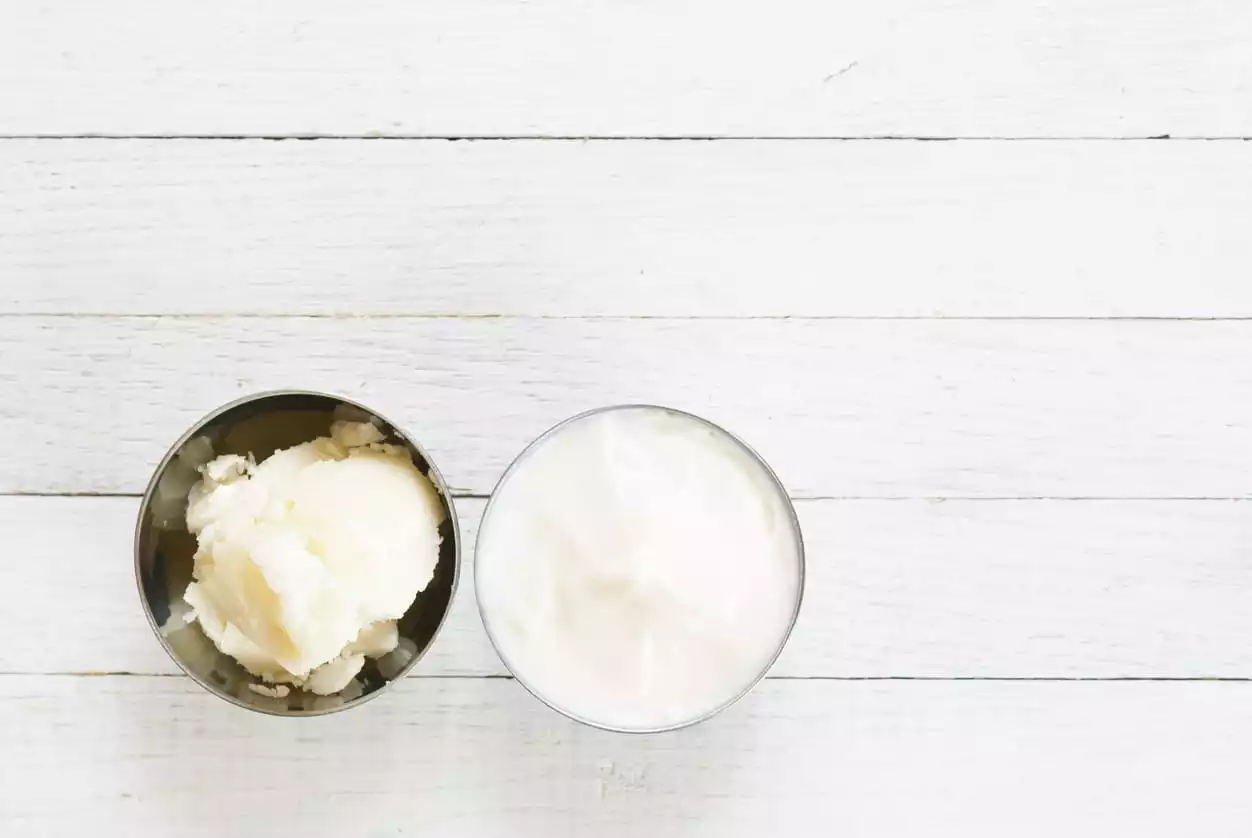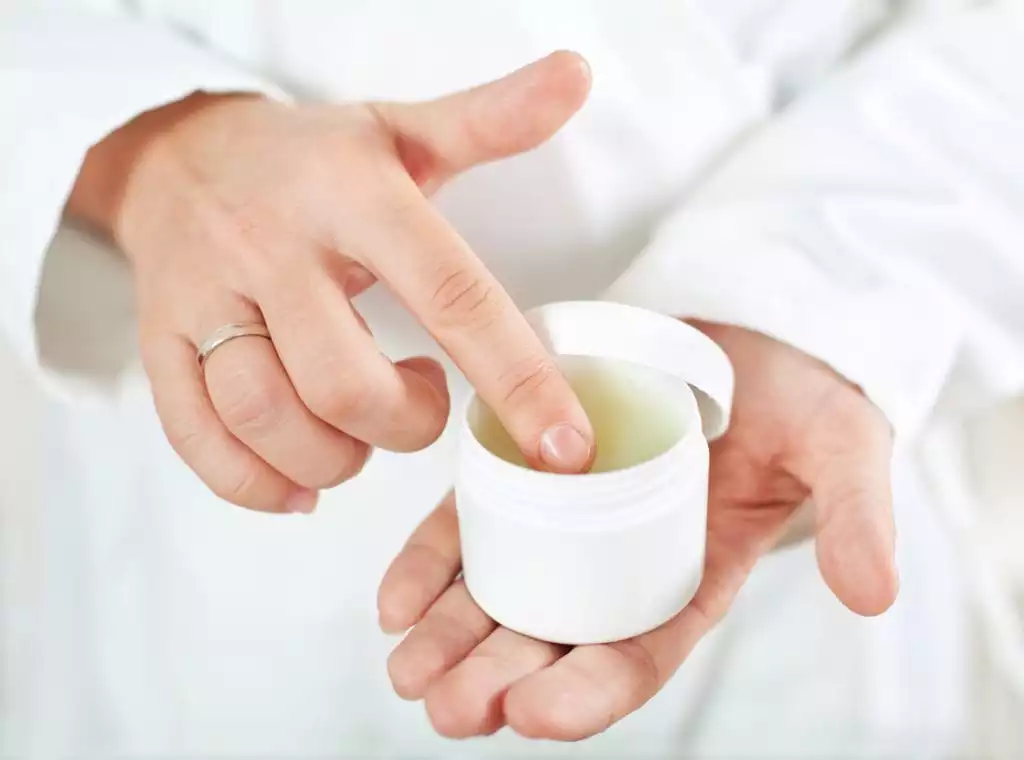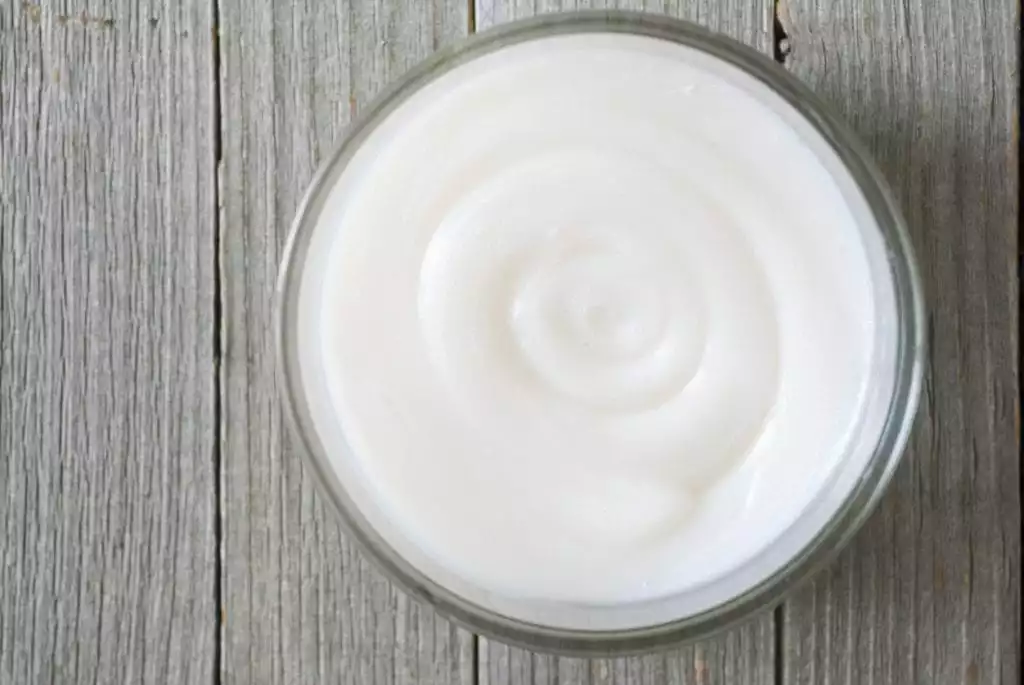
Pain, whether acute or chronic, can steal away your mood and cause you to struggle with even the most basic daily tasks. It occurs as a result of many different diseases and conditions, and can even happen as a result of aging and injuries.
Treating pain isn’t always easy; every patient requires a slightly different approach, and what works for one person may not necessarily work for another. Fortunately, advances in healthcare and medicine are leading to new breakthroughs, giving patients the power to take back their lives. One way that patients are managing pain is by using compounded pain creams.
The Pain Epidemic
Unprecedented rates of chronic and acute pain in the United States, both as a result of diseases and aging, are driving many patients to find new and unusual ways to treat their pain. Traditional opiate or NSAID painkillers aren’t always an option, at least when taken orally, because they can produce very serious side effects like addiction or gastrointestinal upset. This leaves many patients struggling with untreated pain from conditions like Arthritis, Neuropathy, MS, Fibromyalgia, and other painful conditions. Both injury and chronic pain patients experience an increase risk for depression and PTSD-like symptoms if pain isn’t resolved.
The Solution: Compounded Pain Creams
We know that pain can be exhausting and depressing; thus, it should be treated whenever it’s possible to do so. But you must also consider risks to patients; “do no harm,” remains the number one tenet of medicine. This is where the idea of topical medications comes in.
To avoid oral routes (and sometimes even IV routes), researchers had to think outside of the box. They needed to develop ways to deliver doses that were effective, but bypassed most traditional delivery systems. Using an old method for a new purpose, they began to investigate the potential for transdermal delivery via compounded pain creams, salves, and patches. The results continue to be surprisingly positive.
Compounded pain creams and other pain medications, often formulated out of the same oral medications patients already use, deliver doses through the skin and directly into the bloodstream. Often, this delivery format bypasses the liver, meaning transdermals tend to be easier on the body. They’re also much less impactful and often more effective for patients with localized or small fiber neuropathy pain.
Compounded pain creams solve two important pain treatment problems: the seriousness of side effects and the effectiveness of oral painkillers in both normal and special patient populations. Next, we’ll talk a bit about the most common compounded pain creams and medications and how they work to resolve pain.
Topical NSAIDs
Non-steroidal anti-inflammatory drugs (NSAIDs) work by reducing inflammation in the body. When taken orally, they diffuse through the bloodstream and act on most of the body. Unfortunately, oral NSAIDs can be very hard on the kidneys, liver, and gastrointestinal tract. This can sometimes lead to ulcers or even perforations that require surgery. While they are relatively safe, they aren’t suitable for every patient.
Topical NSAIDs take away most of the danger associated with NSAID drugs because they bypass the stomach, kidney, and liver almost entirely. Furthermore, they have a direct and swift action on localized tissues. This is what makes them such a uniquely appropriate solution for conditions like injuries, muscle tears, swelling, sprains, strains, breaks, and even arthritis. Depending on how they compound the creams, topical NSAIDs may be more appropriate for muscle treatment or deeper joint issues.
Topical Steroids
Topical steroid medications have a similar action to NSAID drugs in that they reduce inflammation and swelling, and thus, relieve pain. However, they are much stronger than NSAIDs and can sometimes suppress the immune system in large doses. In cases where pain is caused by immune dysfunction due to autoimmune conditions like psoriasis or rheumatoid arthritis, this action is preferred.
Topical steroids have much less of an impact on the body than oral or IV medications. Most, but not all, of the immune-suppressing properties remain localized, rather than diffusing throughout the body. For patients who are sensitive to steroids or who cannot tolerate suppression, compounded pain creams may be better. Topical steroids are an excellent treatment for psoriasis, eczema, rosacea, and other skin conditions.
Topical Opiates
Opiate drugs remain the world’s most effective treatment for severe or intractable pain, including pain post-surgery or chronic pain due to serious conditions like cancer. Despite their effectiveness, they can cause a long list of very dangerous side effects, especially if accidentally or purposefully misused. This includes respiratory depression, brachycardia, constipation, gastrointestinal upset, and in some cases, even liver failure. Some patients may also experience intense nausea from opiate treatment.
Topical opiate compounded pain creams, on the other hand, deliver a steady and reliable dose without spikes or valleys, evening out treatment. For patients who require long-term or end-of-life care, compounded pain creams such as patches can make dose deliver much easier because there is no need to swallow pills or use IVs.
While patients using topical opiate patches may experience some of the side effects, the risk for many of them reduces. These side effects reduced include nausea, respiratory depression, and stress on the liver. Dose must still be closely monitored and managed, and if abused, these drugs can still be dangerous.
Topical Numbing Creams
Topical numbing creams are by far the most common form of topical medication widely available today. Unlike other options on this list, they aren’t necessarily new; in fact, patients have used salves, ointments, and creams for thousands of years. Today’s formulations often use herbal ingredients and pharmacological ingredients to interfere with nerve signals locally. This reduces pain and gives the patient a brief reprieve.
How these compounded pain creams relieve pain varies depending on the product. Creams may contain any number of ingredients, including:
- Capsaicin
- Menthol
- Alcohol
- Camphor
- Benzocaine
- Lidocaine
- Belladonna
- Echinacea
- Acetylsalicylic acid (ASA)
- Other herbal products
Some of these substances directly deaden the nerves locally temporarily, while others (like capsaicin) keep the nerves busy so they have less time to “pay attention” to pain. Often, the type of compounded pain cream that’s best for your pain depends on your condition; for example, patients with nerve pain may benefit more from lidocaine than capsaicin. Compounded medications can be created to fit your personal needs, therefore reducing pain.

 info@burtsrx.com
info@burtsrx.com

